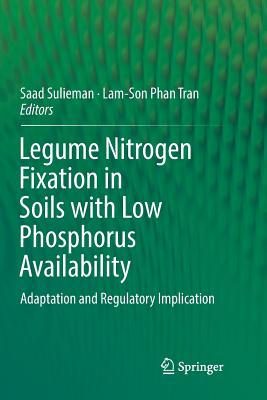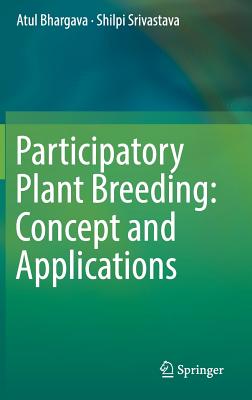相關主題
商品描述
Maize is used in an endless list of products that are directly or indirectly related to human nutrition and food security. Maize is grown in producer farms, farmers depend on genetically improved cultivars, and maize breeders develop improved maize cultivars for farmers. Nikolai I. Vavilov defined plant breeding as plant evolution directed by man. Among crops, maize is one of the most successful examples for breeder-directed evolution. Maize is a cross-pollinated species with unique and separate male and female organs allowing techniques from both self and cross-pollinated crops to be utilized. As a consequence, a diverse set of breeding methods can be utilized for the development of various maize cultivar types for all economic conditions (e.g., improved populations, inbred lines, and their hybrids for different types of markets). Maize breeding is the science of maize cultivar development. Public investment in maize breeding from 1865 to 1996 was $3 billion (Crosbie et al., 2004) and the return on investment was $260 billion as a consequence of applied maize breeding, even without full understanding of the genetic basis of heterosis. The principles of quantitative genetics have been successfully applied by maize breeders worldwide to adapt and improve germplasm sources of cultivars for very simple traits (e.g. maize flowering) and very complex ones (e.g., grain yield). For instance, genomic efforts have isolated early-maturing genes and QTL for potential MAS but very simple and low cost phenotypic efforts have caused significant and fast genetic progress across genotypes moving elite tropical and late temperate maize northward with minimal investment. Quantitative genetics has allowed the integration of pre-breeding with cultivar development by characterizing populations genetically, adapting them to places never thought of (e.g., tropical to short-seasons), improving them by all sorts of intra- and inter-population recurrent selection methods, extracting lines with more probability of success, and exploiting inbreeding and heterosis. Quantitative genetics in maize breeding has improved the odds of developing outstanding maize cultivars from genetically broad based improved populations such as B73. The inbred-hybrid concept in maize was a public sector invention 100 years ago and it is still considered one of the greatest achievements in plant breeding. Maize hybrids grown by farmers today are still produced following this methodology and there is still no limit to genetic improvement when most genes are targeted in the breeding process. Heterotic effects are unique for each hybrid and exotic genetic materials (e.g., tropical, early maturing) carry useful alleles for complex traits not present in the B73 genome just sequenced while increasing the genetic diversity of U.S. hybrids. Breeding programs based on classical quantitative genetics and selection methods will be the basis for proving theoretical approaches on breeding plans based on molecular markers. Mating designs still offer large sample sizes when compared to QTL approaches and there is still a need to successful integration of these methods. There is a need to increase the genetic diversity of maize hybrids available in the market (e.g., there is a need to increase the number of early maturing testers in the northern U.S.). Public programs can still develop new and genetically diverse products not available in industry. However, public U.S. maize breeding programs have either been discontinued or are eroding because of decre
作者簡介
Arnel R. Hallauer is C. F. Curtiss Distinguished Professor in Agriculture (Emeritus) at Iowa State University (ISU). Dr. Hallauer has led maize-breeding research for mid-season maturity at ISU since 1958. His work has had a worldwide impact on plant-breeding programs, industry, and students and was named a member of the National Academy of Sciences. Hallauer is a native of Kansas, USA. José B. Miranda Filho is full-professor in the Department of Genetics, Escola Superior de Agricultura Luiz de Queiroz - University of São Paulo located at Piracicaba, Brazil. His research interests have emphasized development of quantitative genetic theory and its application to maize breeding. Miranda Filho is native of Pirassununga, São Paulo, Brazil. M.J. Carena is professor of plant sciences at North Dakota State University (NDSU). Dr. Carena has led maize-breeding research for short-season maturity at NDSU since 1999. This program is currently one the of the few public U.S. programs left integrating pre-breeding with cultivar development and training in applied maize breeding. He teaches Quantitative Genetics and Crop Breeding Techniques at NDSU. Carena is a native of Buenos Aires, Argentina. http: //www.ag.ndsu.nodak.edu/plantsci/faculty/Carena.htm











